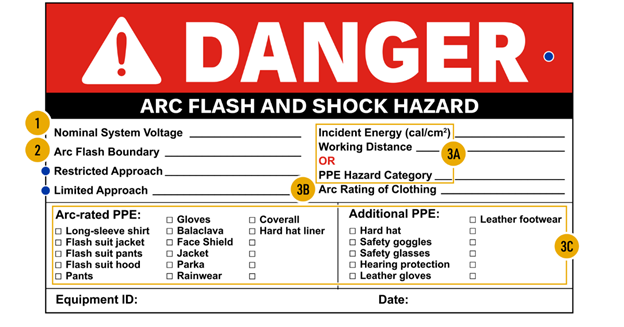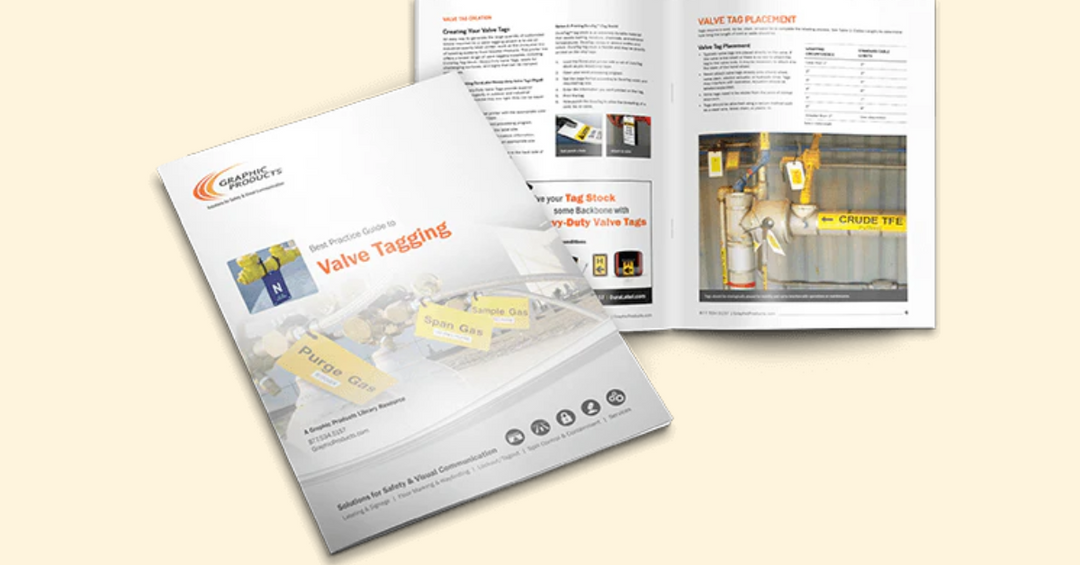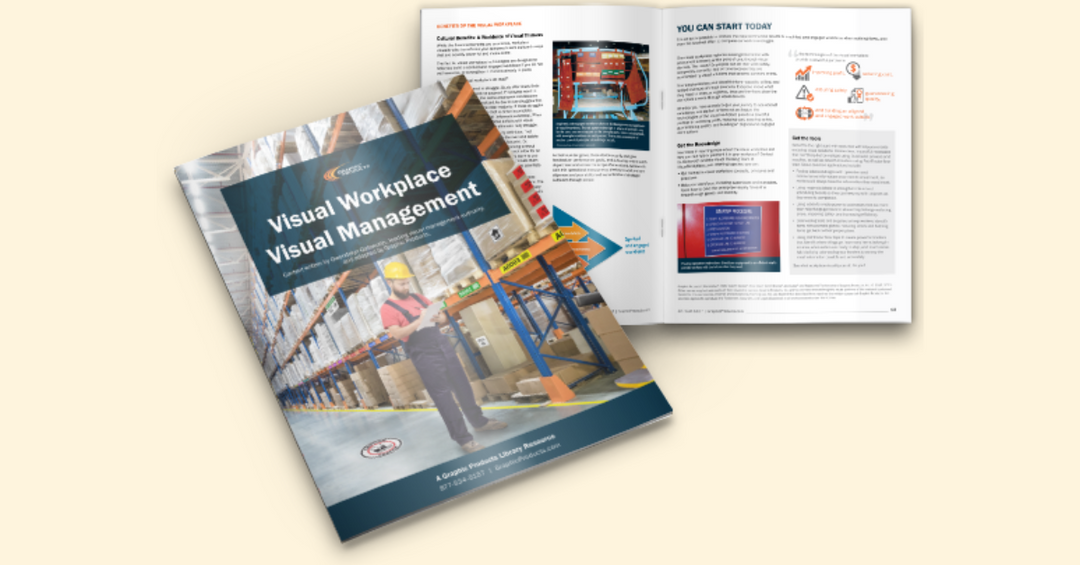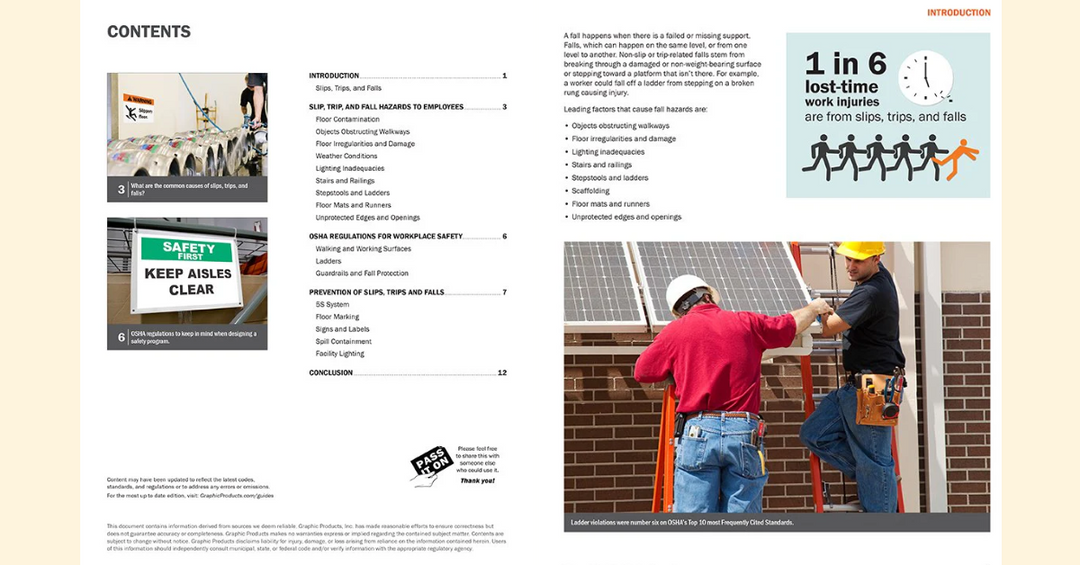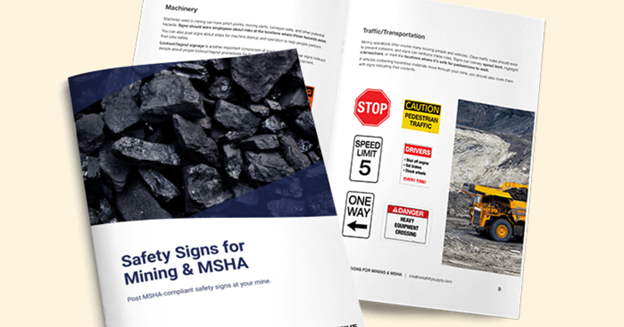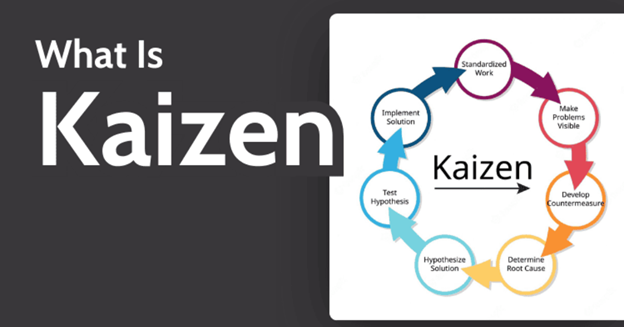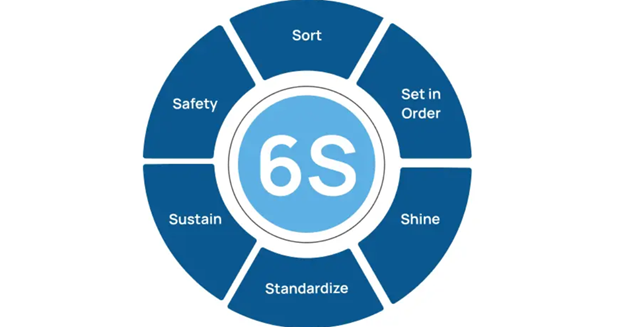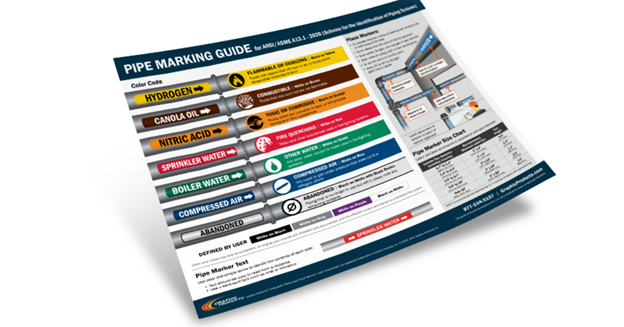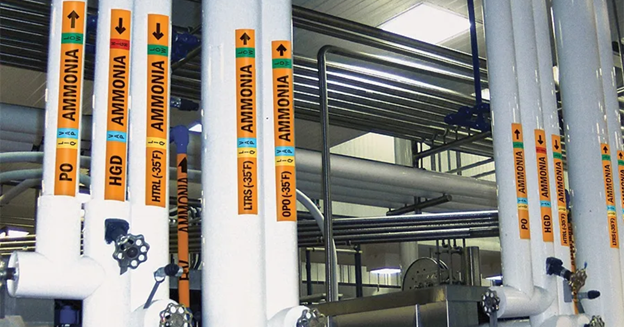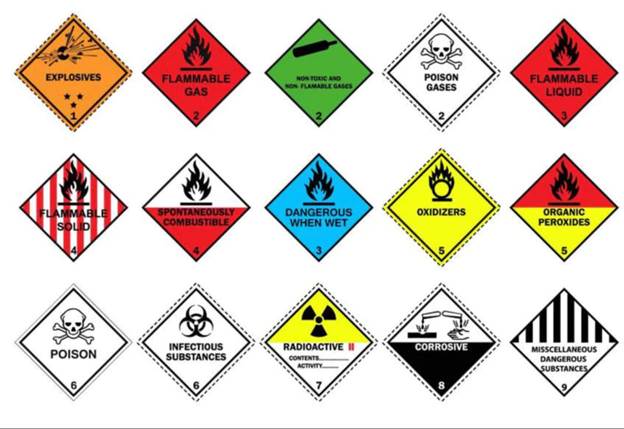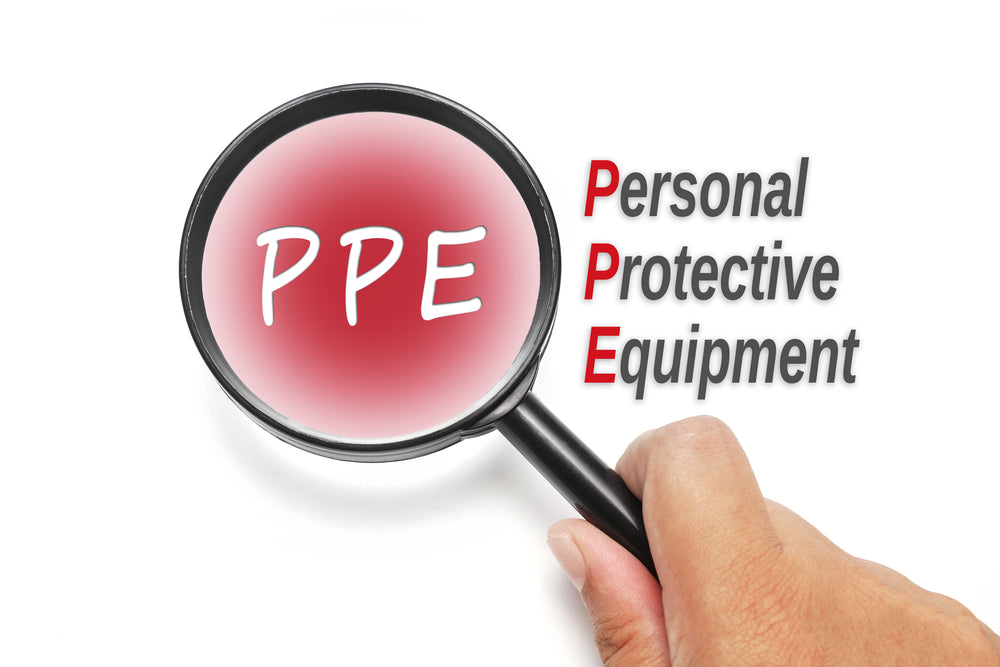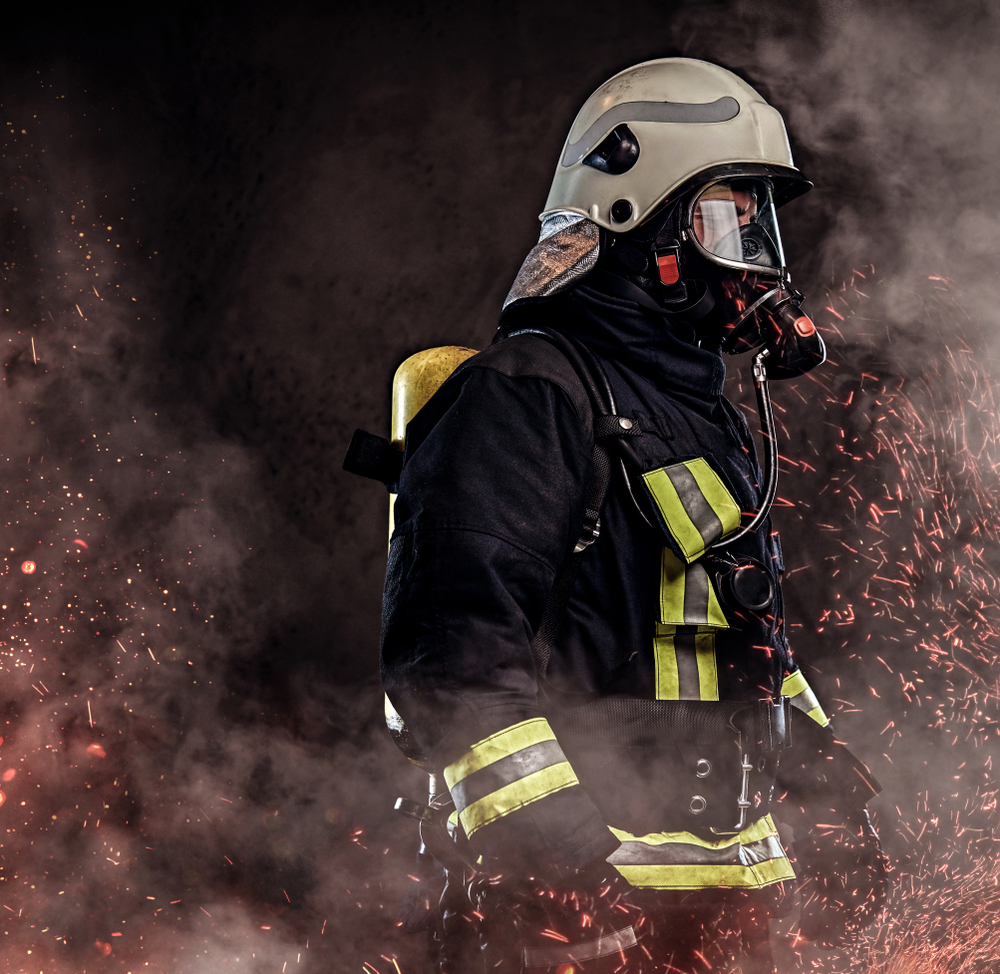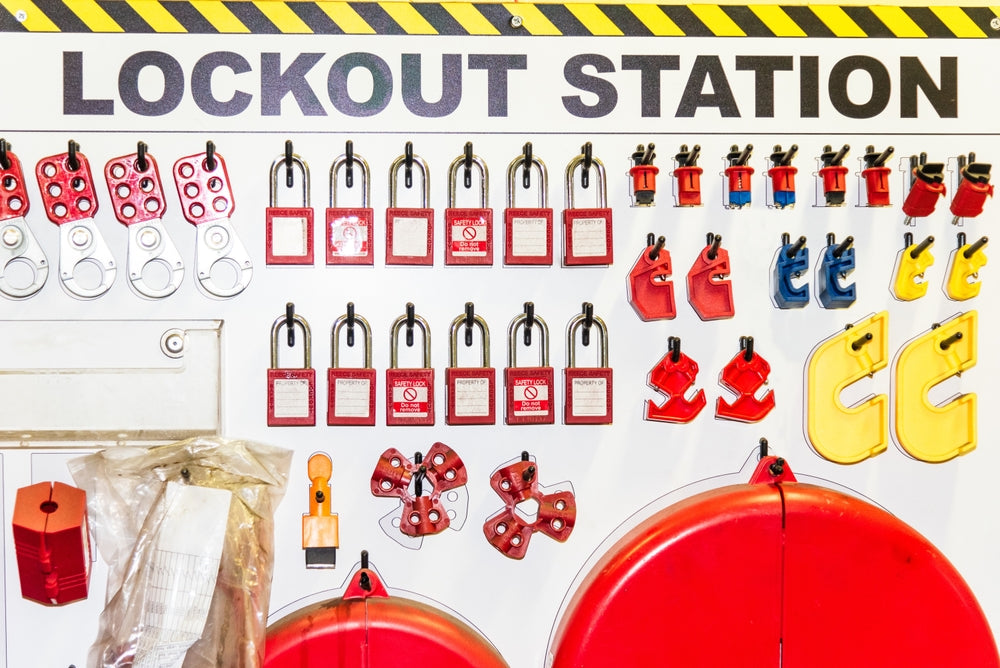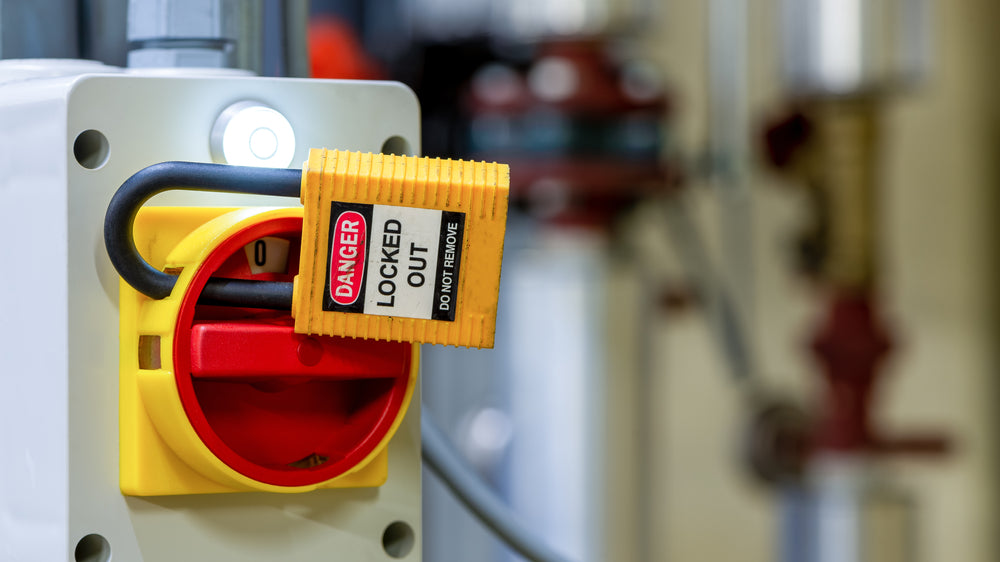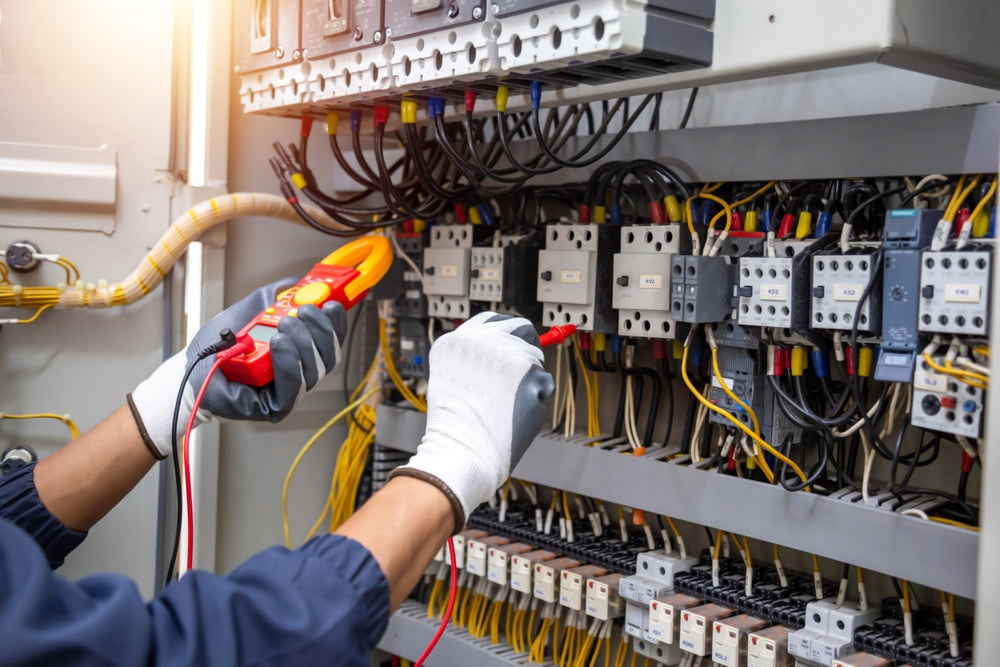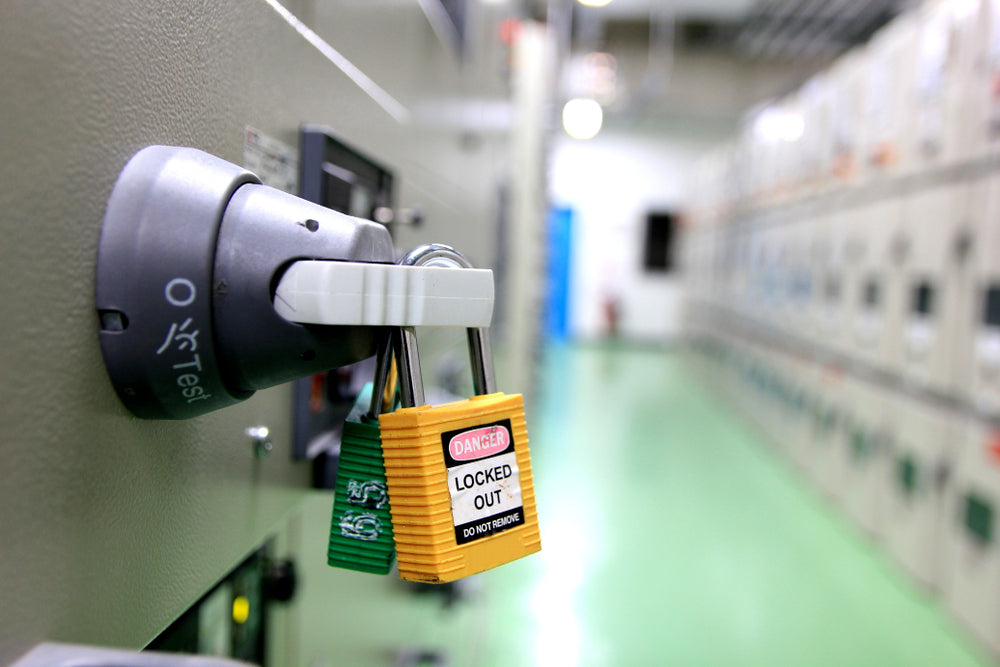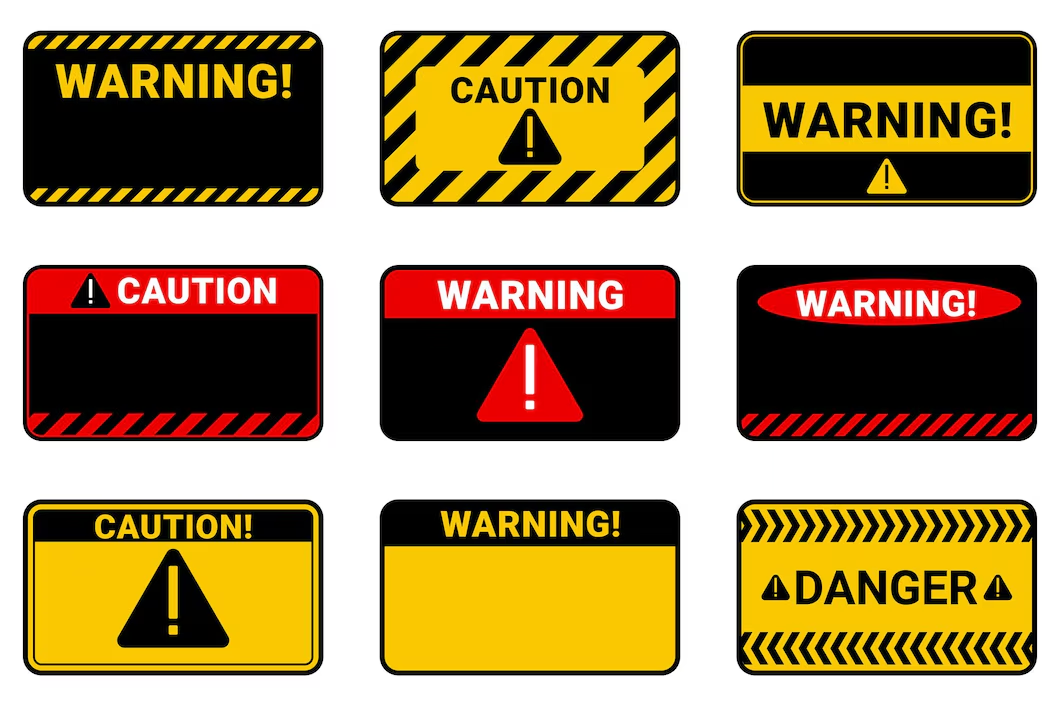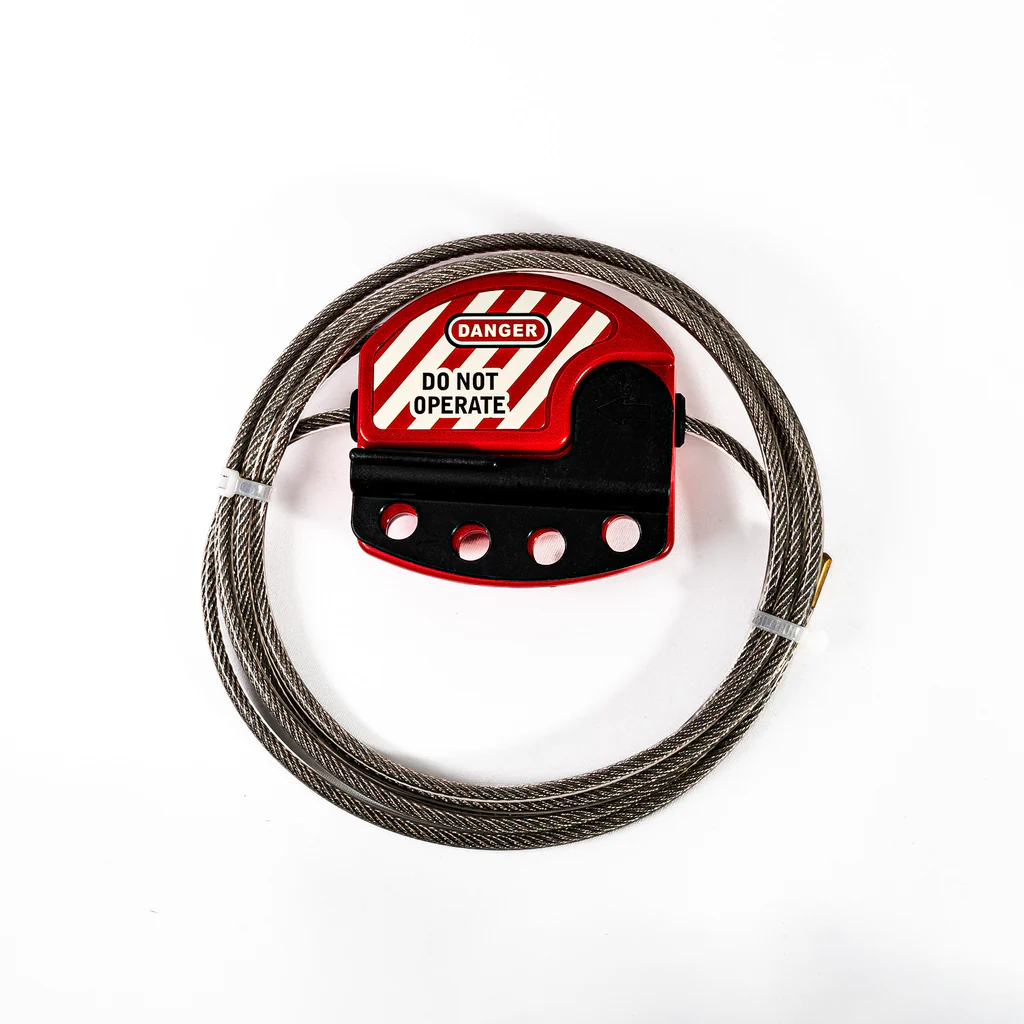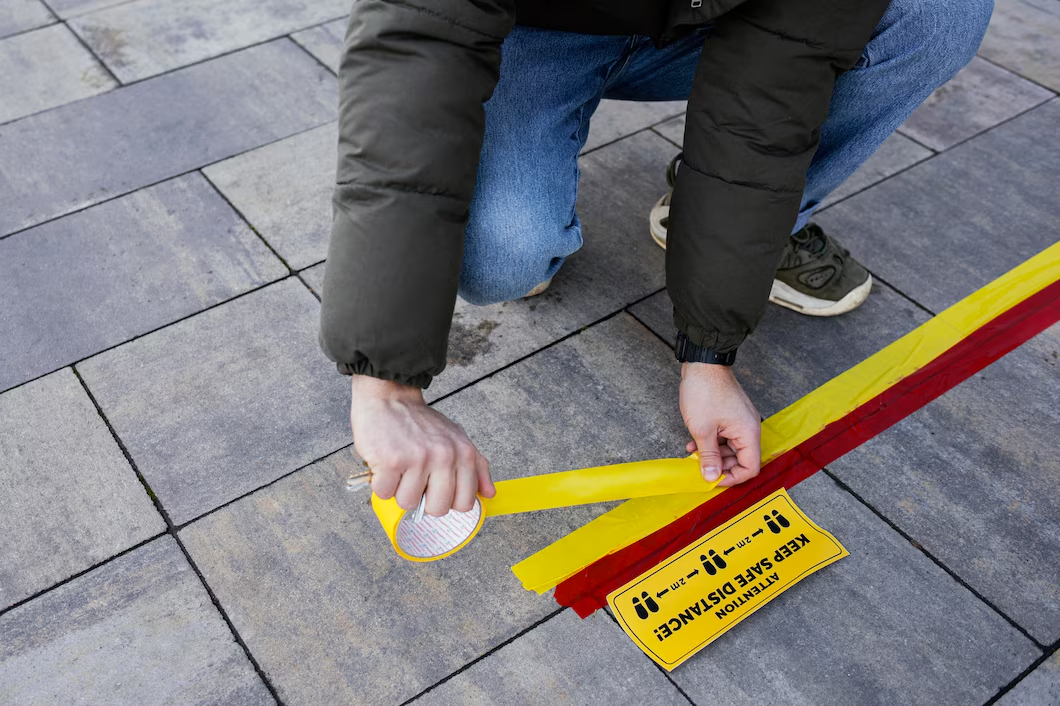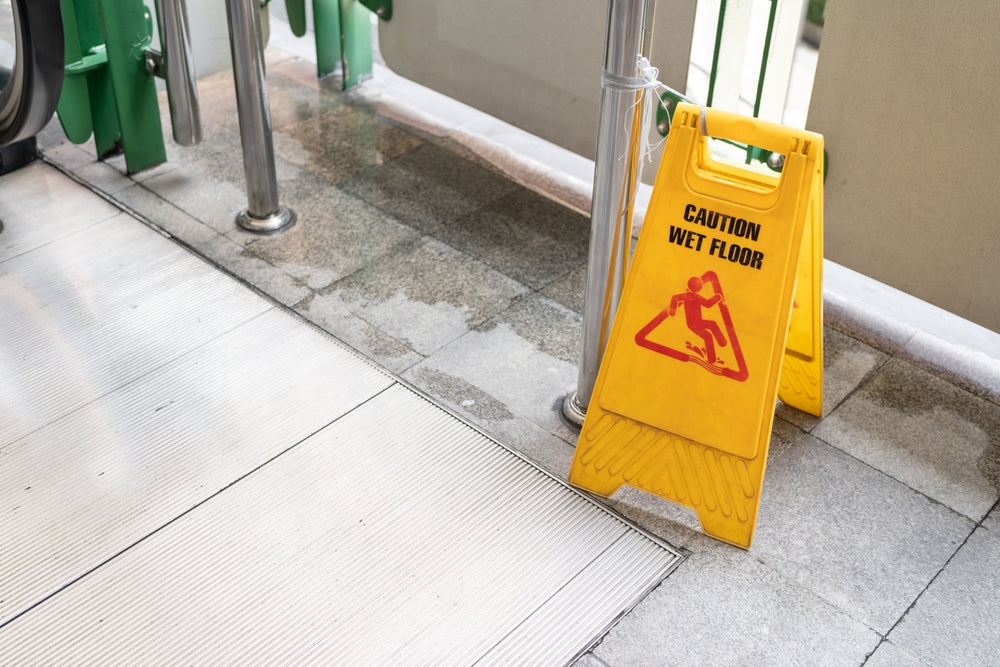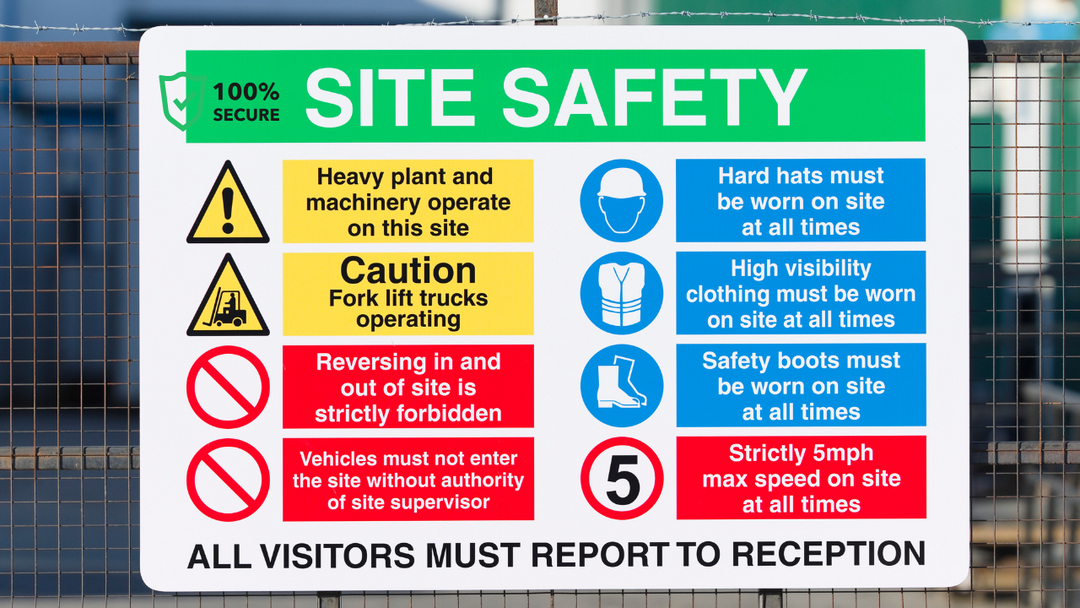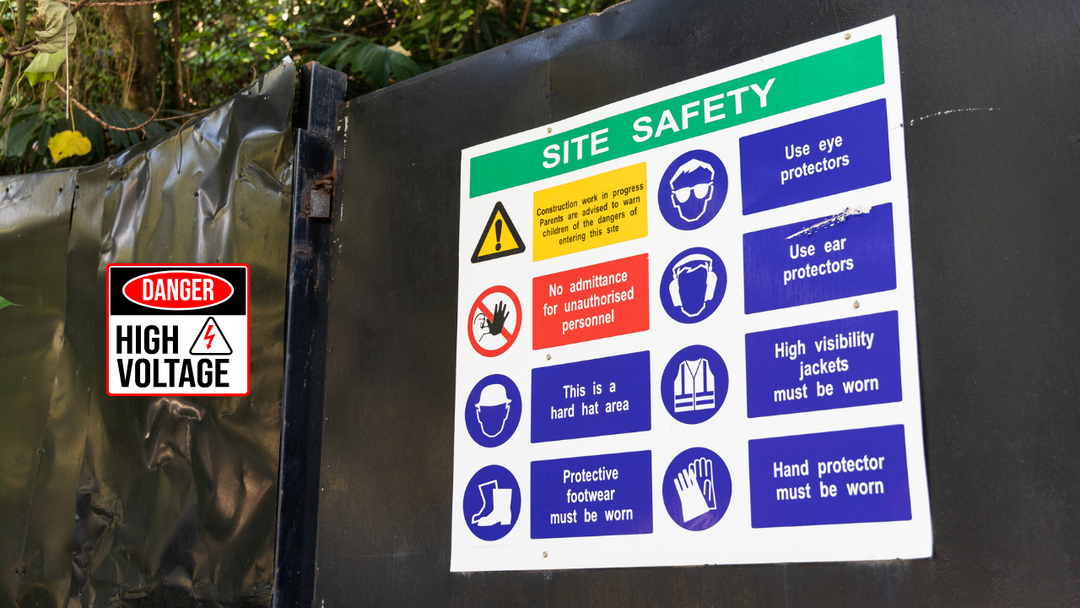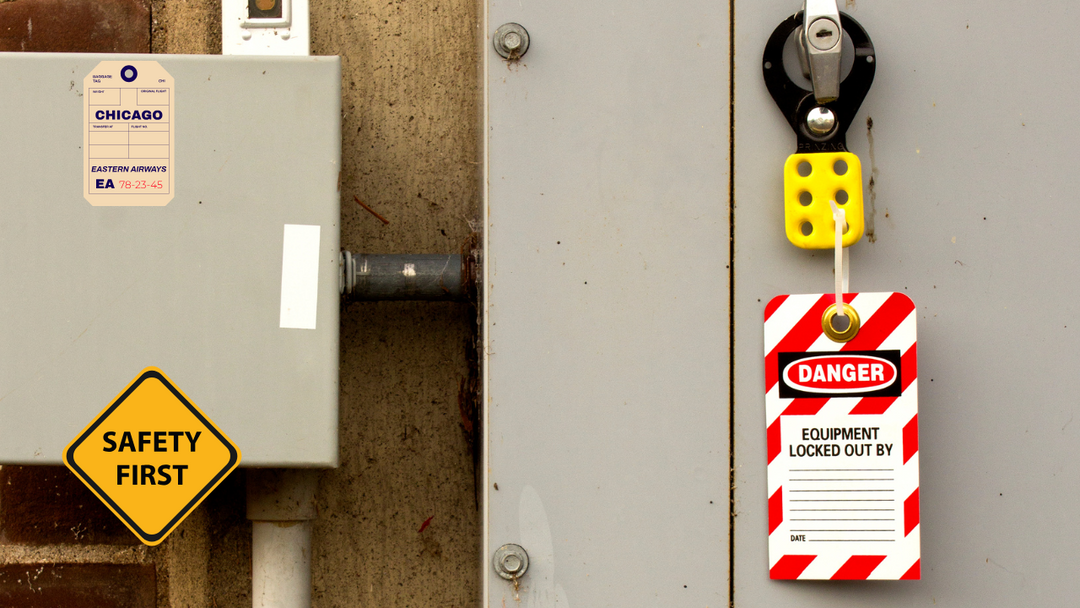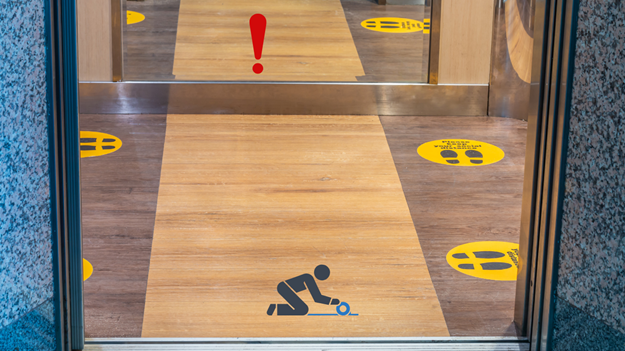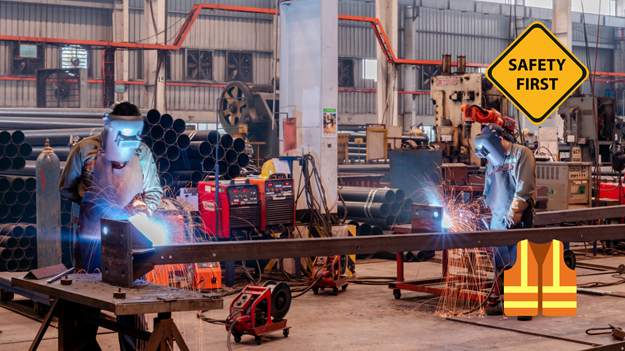Arc Flash Labeling Guide: Everything You Need to Know
Introduction to Arc Flash Labeling
What is Arc Flash?
An arc flash is a dangerous electrical explosion caused by a short circuit or electrical fault. It releases intense heat, light, and pressure, posing serious risks to workers. Arc flashes can lead to severe burns, equipment damage, and even fatalities if proper precautions aren’t taken.
Why is Arc Flash Labeling Important?
Arc flash labeling is a critical safety measure that ensures employees and contractors are aware of electrical hazards in the workplace. Proper labeling helps prevent accidents, ensures NFPA 70E compliance, and enhances overall workplace safety. Without clear and accurate arc flash labels, workers may unknowingly expose themselves to life-threatening arc flash hazards.
Understanding Arc Flash Labels
Key Components of an Arc Flash Label
An effective arc flash label should include the following essential details:
Nominal system voltage – The operating voltage of the equipment.
Arc flash boundary – The safe distance from the equipment to prevent injury.
Incident energy levels – The amount of energy released during an arc flash.
Required personal protective equipment (PPE) – The level of protection needed.
Equipment identification – Labeling specific to each electrical panel or machinery.
By including this information, arc flash labels provide workers with the necessary details to assess risks and take appropriate safety measures before working on electrical equipment.
Compliance with OSHA & NFPA 70E Standards
Regulatory organizations such as OSHA (Occupational Safety and Health Administration) and NFPA 70E have strict guidelines for arc flash labeling. Failure to comply with these regulations can result in heavy fines and increased workplace risks. Labels must be legible, durable, and placed in visible locations to effectively communicate electrical hazard warnings.
Arc Flash Labeling Requirements
Who Needs Arc Flash Labels?
Arc flash labeling is required in all workplaces where employees work near electrical panels, switchboards, transformers, and other high-voltage equipment. Industries such as manufacturing, construction, oil and gas, and data centers must ensure proper labeling to protect their workforce.
Placement Guidelines for Arc Flash Labels
To maximize safety and visibility, arc flash labels should be placed:
On electrical panels, switchgear, and motor control centers.
At eye level where workers can easily read them.
On all access points to electrical equipment.
In a durable, weather-resistant format to withstand harsh environments.
Proper placement ensures that workers are immediately aware of arc flash hazards before they begin any maintenance or repairs.
Best Practices for Arc Flash Labeling
How to Create Effective Labels
To create clear and effective arc flash labels, follow these best practices:
Use standardized formats – Ensure labels meet NFPA 70E compliance requirements.
Include accurate hazard information – Perform arc flash analysis to determine the correct risk level.
Use high-contrast colors – Labels should be easy to read from a distance.
Ensure labels are durable – Use high-quality electrical safety labels that can withstand heat, chemicals, and moisture.
Choosing the Right Label Materials
Using high-quality label materials is essential for long-term safety. .Archford provides durable arc flash labels made from industrial-grade materials that resist fading, peeling, and damage. Whether your facility is indoors or outdoors, .Archford ensures your arc flash labels remain visible and compliant for years to come.
Common Mistakes to Avoid in Arc Flash Labeling
1. Inaccurate Hazard Information
Failing to conduct an arc flash analysis can lead to incorrect labels, putting workers at risk. Always perform accurate energy calculations before labeling electrical equipment.
2. Using Low-Quality Labels
Cheap labels that fade or peel over time can compromise safety and compliance. Investing in long-lasting, industrial-grade electrical safety labels from .Archford ensures durability and visibility.
3. Incorrect Label Placement
Placing labels in hard-to-see locations defeats their purpose. Ensure clear visibility by placing them at eye level on all relevant equipment.
The Role of PPE in Arc Flash Protection
Choosing the Right PPE for Arc Flash Safety
When working near energized electrical equipment, wearing the appropriate PPE for arc flash protection is crucial. The right PPE includes:
Arc-rated clothing – Protects against heat and burns.
Insulated gloves and sleeves – Shields hands from electrical shocks.
Face shields and arc flash hoods – Guards against flying debris and intense heat.
Safety footwear – Provides electrical resistance and impact protection.
Ensuring proper PPE for arc flash compliance reduces injury risks and enhances workplace safety. Employers should provide and enforce the use of PPE whenever workers are exposed to electrical hazards.
How Archford Supports Arc Flash Labeling
.Archford is a leading provider of high-quality safety labeling solutions, ensuring workplaces remain compliant with industry standards. Here’s how .Archford can help with arc flash labeling:
Custom Arc Flash Labels – Tailored to your facility’s specific needs.
Durable and Weather-Resistant Materials – Labels that last even in extreme conditions.
Compliance with OSHA & NFPA 70E – Ensuring full regulatory adherence.
Bulk Labeling Solutions – Perfect for large industrial operations.
For premium arc flash labels and workplace safety solutions, visit .Archford
The Ultimate Guide to Workplace Safety: Best Practices for Every Industry
|
Safety Guide |
Tips |
|
Implement Sort, Set in Order, Shine, Standardize, and Sustain for workplace efficiency. |
|
|
Use proper labels with voltage ratings, approach boundaries, and PPE requirements to ensure electrical safety. |
|
|
Apply lean methodologies like Kaizen and Six Sigma to enhance operational efficiency. |
|
|
Ensure all hazardous materials are labeled with correct pictograms, signal words, and hazard statements. |
|
|
Use proper lockout devices and tags to prevent accidental energy releases during maintenance. |
|
|
Follow standard color codes and label pipes at regular intervals for easy identification. |
|
|
Place warning signs in high-risk areas to comply with OSHA standards and improve workplace safety. |
|
|
Use AS 1345 standard colors and labels for accurate pipe identification in Australian industries. |
|
|
Add ‘Safety’ to the 5S system to further enhance workplace organization and hazard prevention. |
|
|
Use different colors for specific zones—e.g., red for fire hazards, yellow for caution, and green for safety paths. |
|
|
Encourage small, continuous improvements by involving employees in process optimization. |
|
|
Use visual signals to manage workflow and reduce inefficiencies in production. |
|
|
Implement proper PPE, ventilation, and emergency procedures to ensure worker safety in mining operations. |
|
|
Use durable, heat-resistant labels to prevent misidentification of electrical wiring. |
|
|
Maintain clear aisles, proper signage, and forklift safety measures to reduce accidents. |
|
|
Optimize layout, use barcode scanning, and implement inventory tracking systems for smooth operations. |
|
|
Use consistent signage, color-coded paths, and lighting to improve navigation. |
|
|
Keep floors dry, use anti-slip mats, and mark hazard areas to prevent workplace injuries. |
|
|
Use labels, floor markings, and visual boards to improve communication and organization. |
|
|
Clearly label valves with durable tags to ensure safe and proper operation. |
Conclusion
Proper arc flash labeling is not just about compliance—it’s about protecting lives. By following industry regulations, using high-quality labels, and ensuring proper placement, workplaces can reduce the risk of electrical hazards. This Arc Flash Labeling Guide helps businesses understand best practices for arc flash safety. .Archford provides top-tier arc flash labeling solutions, helping businesses maintain safe and compliant environments.
Frequently Asked Questions (FAQs)
1. What information should be on an Arc Flash label?
An arc flash label should include voltage, arc flash boundary, incident energy levels, required PPE, and equipment identification to ensure worker safety.
2. How often should Arc Flash labels be updated?
Labels should be reviewed and updated every five years or whenever changes occur in the electrical system.
3. Who is responsible for Arc Flash labeling in a facility?
Employers and facility managers must ensure compliance with arc flash labeling requirements. Electrical engineers often conduct arc flash studies to determine label details.
4. What are the consequences of improper Arc Flash labeling?
Failure to comply with arc flash labeling standards can lead to worker injuries, OSHA fines, and potential legal issues.
5. Where can I get high-quality Arc Flash labels?
You can purchase premium, durable arc flash labels from .Archford

